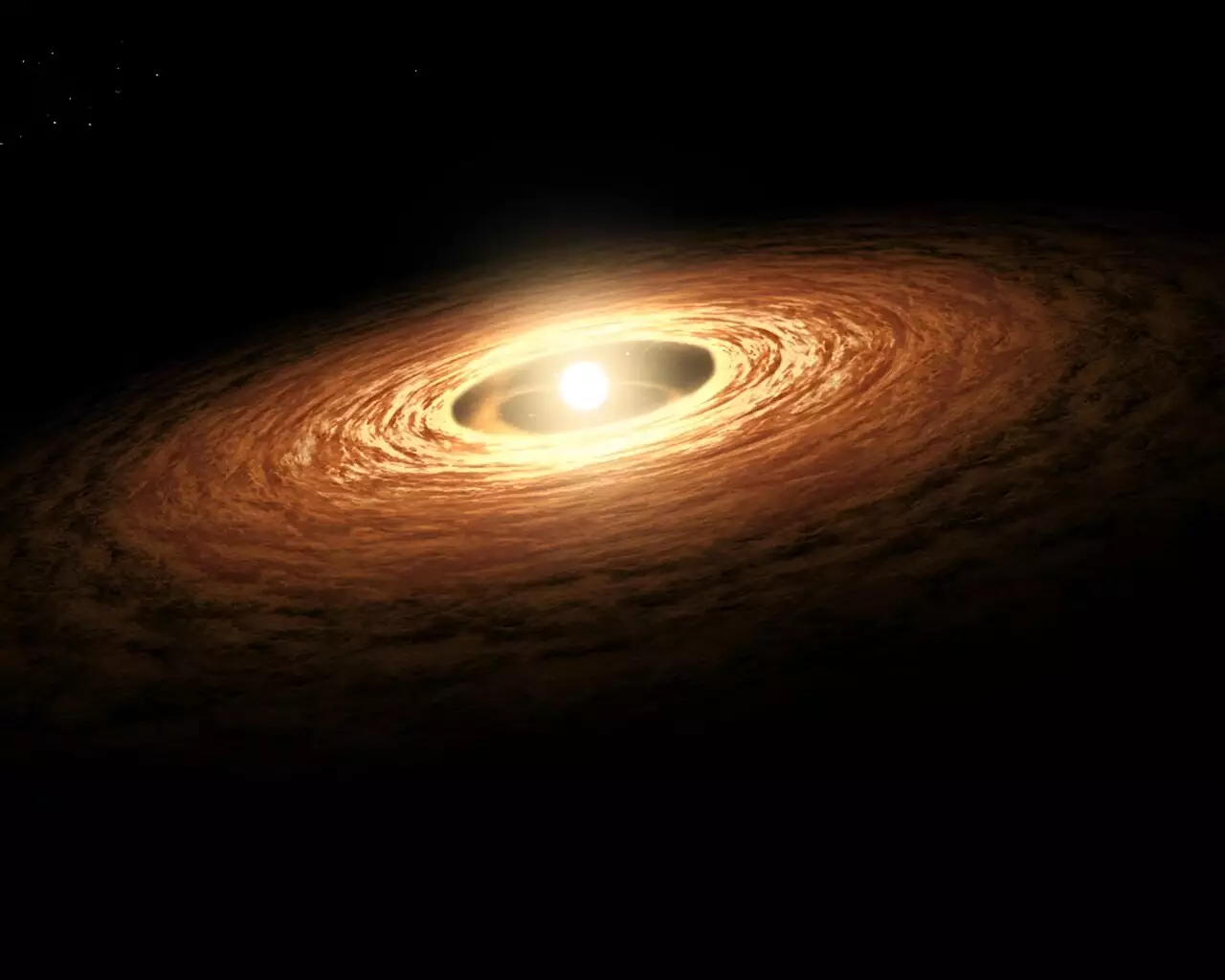The cosmos is an endless treasure trove of mysteries, intricately woven through the tapestry of time and space. Among its many secrets lies the elusive isotope beryllium-10, a radioactive element long considered to be a remnant of cataclysmic stellar explosions, particularly supernovae. New research conducted by a team at Oak Ridge National Laboratory (ORNL) has turned this assumption on its head, suggesting that beryllium-10 predates supernova events, challenging established views on its formation and the origins of the solar system itself. This revelation not only reshapes our understanding of cosmic nucleosynthesis but also paves the way for new questions about the birth of our solar system and the processes underlying stellar evolution.
The Dawn of Beryllium-10
Beryllium-10 is a radioactive isotope with a short half-life of 1.4 million years. Its presence in ancient meteorites proposes tantalizing clues about its formation. Until this recent study, scientists believed that supernovae were the primary source of beryllium-10. However, findings presented by ORNL highlight the likelihood that cosmic ray spallation—the process where high-energy particles collide with atoms—could be the true origin of this isotope. The implication here is profound: beryllium-10 may have formed from interactions with carbon-12 in the primordial interstellar medium long before our solar system began to take shape about 4.5 billion years ago.
Supernovae and Stellar Dynamics
Supernovae, the explosive end to the life cycles of massive stars, have long been viewed as furnaces of nucleosynthesis, creating a variety of elements under extreme conditions. Traditional theories posited that the energetic processes occurring during such stellar explosions could generate significant quantities of beryllium-10. However, new computational models developed by ORNL challenge this narrative. Researchers, including Raphael Hix and Andre Sieverding, have utilized advanced simulations to reveal that the reactions resulting in beryllium-10 during supernova events may not occur as previously thought. Their calculations indicate that the rate of beryllium-10 generation in these explosions could be insufficient to account for what is found in meteorites.
The Role of Cosmic Ray Spallation
The re-evaluation of beryllium-10’s origins suggests that cosmic ray spallation plays a critical role in its formation. High-energy cosmic rays, traveling through the vast emptiness of space at near-light speed, can collide with stable nuclei like carbon-12, causing them to fragment. This process could produce beryllium-10 and implies a continuous cycle of element formation driven by the universe’s inherent energy. This finding emphasizes the dynamic nature of the cosmos, where even the most stable substances are subject to cosmic forces that radically transform them.
Exploiting Technological Advances
The study’s reliance on cutting-edge computational resources cannot be overlooked. The use of advanced simulations and nuclear experiments has enabled scientists to uncouple the complex interplay of stellar evolution and isotopic formation. With improved accuracy in reaction rates—now significantly higher than results from older experiments—the researchers could effectively analyze how beryllium-10 behaves under varying astrophysical conditions. These methodologies not only enhance our scientific discourse but also reflect the leap in technological capability that researchers harness to dive deeper into cosmic phenomena.
The Implications of New Discoveries
The implications of this discovery are far-reaching. By underscoring that supernovae may not be the main drivers of beryllium-10 synthesis, the research opens avenues for examining alternate cosmic processes. If beryllium-10 did not originate from these stellar explosions, other models must be considered to account for its presence in the early solar system. This leads to vital questions about the formation of the solar system itself and challenges astronomers to rethink the interstellar dynamics that preceded its birth. Are there other cosmic events or interactions yet to be understood that contributed to the elemental makeup of the solar system?
Closing Thoughts on Stellar Evolution
As scientists continue to delve into the origins of elements within the universe, the ongoing reevaluation of established beliefs helps clarify the complex history of our cosmic neighborhood. The discovery that beryllium-10 most likely stems from cosmic ray spallation rather than supernovae marks a pivotal moment in astrophysics. It encourages the scientific community to explore beyond traditional frameworks, actively seeking a more nuanced understanding of the forces that forged the elements foundational to our existence. The universe is not merely a backdrop to human history; it is a dynamic entity with its own narrative, waiting to be deciphered through rigorous scientific inquiry and a willingness to challenge long-standing convictions.

